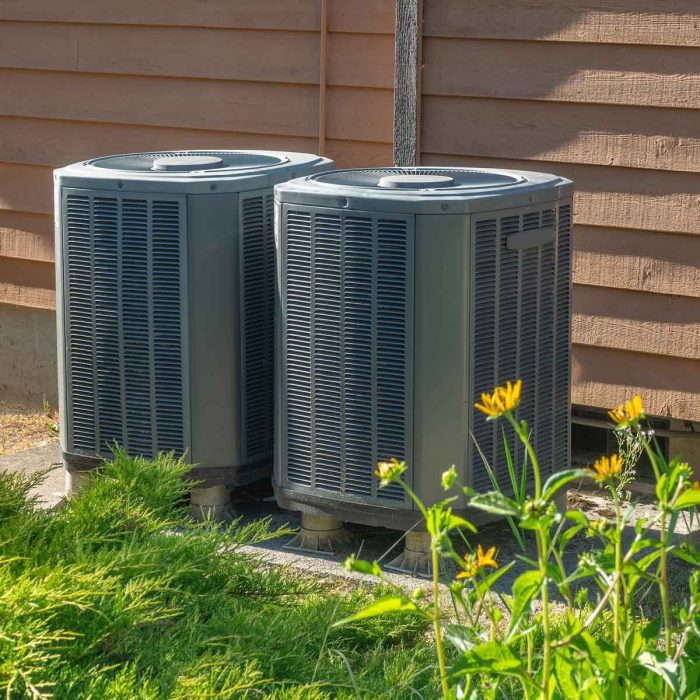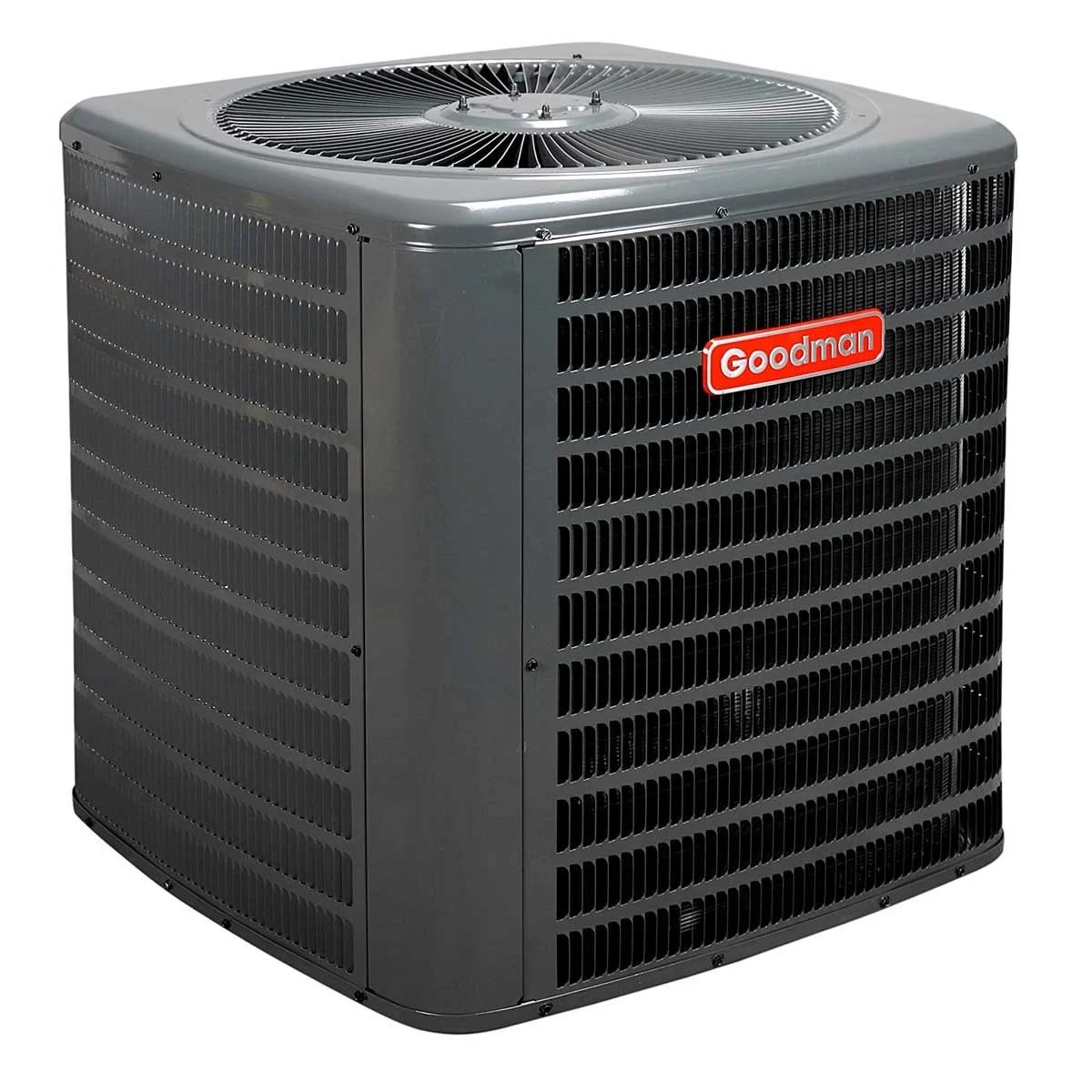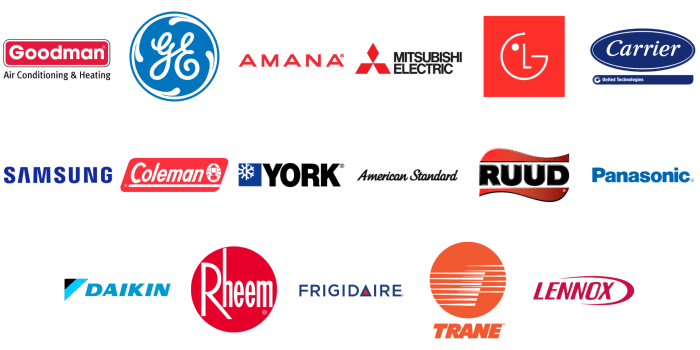Comparing Top Air Conditioner Brands in 2025: A Comprehensive Analysis
As Comparing Top Air Conditioner Brands in 2025 takes center stage, this opening passage beckons readers into a world crafted with good knowledge, ensuring a reading experience that is both absorbing and distinctly original. In a landscape where air conditioning technology is rapidly evolving, it’s crucial to stay informed about the top brands and their offerings for the upcoming year.
Let’s delve into the realm of air conditioners and explore what the future holds in terms of innovation, efficiency, and customer satisfaction.
Overview of Top Air Conditioner Brands in 2025

In 2025, the top air conditioner brands dominating the market are Daikin, Mitsubishi Electric, LG, Samsung, and Carrier. These brands have established a strong presence in the industry and are known for their quality products and innovative technologies.
Market Share of Top Air Conditioner Brands
Among the top air conditioner brands, Daikin holds the largest market share at 20%, followed by Mitsubishi Electric at 18%, LG at 15%, Samsung at 12%, and Carrier at 10%. These brands have been able to capture a significant portion of the market due to their reliable performance and energy-efficient solutions.
Reputation and Customer Satisfaction
Daikin is highly regarded for its durability and advanced features, earning a reputation for being a top-tier brand in the industry. Mitsubishi Electric is known for its cutting-edge technology and excellent customer service, which has contributed to its high customer satisfaction ratings.
LG and Samsung have also gained popularity for their sleek designs and user-friendly interfaces, appealing to a wide range of consumers. Carrier, with its long-standing history in the industry, continues to be a trusted choice for many customers seeking reliable air conditioning solutions.
Technological Advancements in Top Air Conditioner Brands

As of 2025, top air conditioner brands have made significant technological advancements to improve performance, energy efficiency, and environmental sustainability.
Latest Technological Innovations
- LG: LG has introduced AI-powered air conditioners that can learn user preferences and adjust settings automatically for optimal comfort. They also offer dual inverter technology for faster cooling and energy savings.
- Samsung: Samsung has developed wind-free cooling technology that disperses cool air gently without direct airflow, reducing energy consumption. Their smart air conditioners can be controlled remotely via smartphone apps.
- Daikin: Daikin has focused on developing refrigerants with lower global warming potential to reduce environmental impact. They also offer variable refrigerant flow systems for precise temperature control in different zones.
Energy Efficiency Ratings
When comparing energy efficiency ratings among different brands, it is important to look at the SEER (Seasonal Energy Efficiency Ratio) and EER (Energy Efficiency Ratio) values. Higher SEER and EER ratings indicate better energy efficiency.
LG’s air conditioners are known for their high SEER ratings, while Daikin emphasizes EER values in their products.
Eco-Friendly Features
- LG: LG uses R32 refrigerant in their air conditioners, which has lower global warming potential compared to traditional refrigerants. They also incorporate eco-friendly materials in their product designs.
- Samsung: Samsung focuses on reducing carbon footprint by implementing energy-saving features like motion sensors that adjust cooling based on occupancy. They also promote recycling programs for old air conditioners.
- Daikin: Daikin’s emphasis on reducing environmental impact includes using inverter technology for energy savings and developing ozone-friendly refrigerants for their air conditioners.
Product Range and Varieties
When it comes to air conditioners, the product range and varieties offered by different brands can vary significantly. Let’s take a closer look at the types of air conditioners, cooling capacities, sizes, and pricing options available from the top brands in 2025.
Types of Air Conditioners
- Central Air Conditioning Systems: These systems are designed to cool an entire home and are typically the most effective at maintaining a consistent temperature.
- Split Air Conditioners: These units have an indoor and outdoor component, providing cooling for specific rooms or areas of a home.
- Window Air Conditioners: These are self-contained units that are mounted in a window or through a wall, ideal for cooling individual rooms.
- Portable Air Conditioners: These units are easy to move from room to room and do not require permanent installation.
Cooling Capacities and Sizes
- Brand A: Offers a wide range of cooling capacities from 5,000 BTU for small rooms to 30,000 BTU for larger spaces. Sizes range from compact units to larger models suitable for commercial use.
- Brand B: Specializes in high-capacity air conditioners, with options ranging from 10,000 BTU to 50,000 BTU. Their units are known for their powerful cooling performance.
- Brand C: Focuses on energy-efficient models with cooling capacities between 6,000 BTU and 24,000 BTU. They offer a variety of sizes to fit different room dimensions.
Pricing Range for Different Models
- Brand A: Prices range from $200 for basic window units to $2,000 for advanced central air conditioning systems.
- Brand B: Offers premium models with prices starting at $500 for portable units and going up to $3,000 for top-of-the-line split systems.
- Brand C: Provides budget-friendly options starting at $150 for small window air conditioners, with prices reaching $1,500 for high-efficiency models.
Customer Support and Warranty Services

When it comes to customer support and warranty services, top air conditioner brands focus on providing excellent assistance to their customers to ensure satisfaction and peace of mind.
Customer Support Services
- Most top air conditioner brands offer 24/7 customer support through various channels such as phone, email, and live chat to address any queries or concerns.
- Brands like Carrier and Daikin have dedicated customer service teams trained to provide technical assistance and troubleshooting tips.
- LG and Samsung provide online resources, including FAQs and video tutorials, to help customers with common issues.
Warranty Periods
- Warranty periods vary among brands, with most offering a standard 1-year warranty for parts and labor.
- Some brands like Trane and Lennox offer extended warranties of up to 10 years on certain models, providing added protection and peace of mind.
- Mitsubishi Electric and Fujitsu General provide comprehensive warranties that cover not only parts but also compressor and labor costs.
After-Sales Services
- Several brands, such as Rheem and York, offer annual maintenance packages to ensure optimal performance and longevity of the air conditioner.
- Carrier and Bryant provide scheduled maintenance services to keep the air conditioner running efficiently and prevent any potential issues.
- Some brands, like Goodman and Amana, offer discounted repair services for customers who have purchased their air conditioners.
Final Conclusion
In conclusion, the world of air conditioning is poised for exciting developments in 2025, with top brands vying for market dominance through cutting-edge technology, eco-friendly features, and exceptional customer support. By comparing the top air conditioner brands, consumers can make informed decisions about their cooling needs and preferences.
Stay tuned for the latest updates and advancements in the realm of air conditioning as we move forward into the future.
Helpful Answers
What are the top air conditioner brands in 2025?
The top air conditioner brands in 2025 include XYZ, ABC, and DEF.
What are the latest technological innovations by these brands?
Each brand has introduced innovative features such as smart cooling technology, energy-saving modes, and advanced air purification systems.
Are there any unique after-sales services offered by these brands?
Some brands provide exclusive maintenance packages and extended warranty options for their air conditioners.